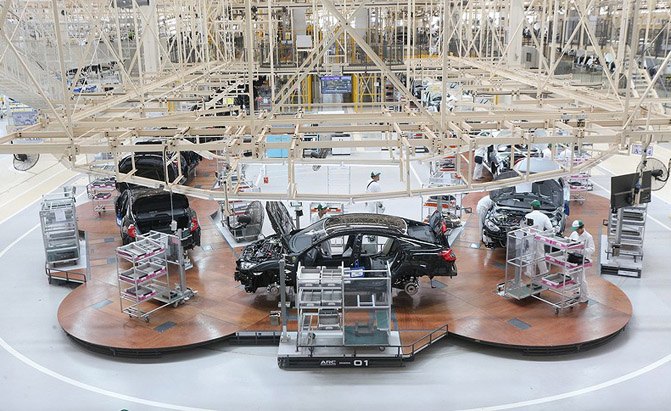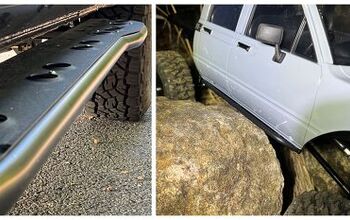How Honda Completely Reinvented the Assembly Line

When Henry Ford introduced the moving assembly line more than a century ago he revolutionized automotive production and ultimately changed the world. But now Honda is turning his time-tested method on its head.
Ford’s great innovation was taking the complicated task of building cars and breaking it into myriad small tasks that were quick and easy for workers to complete. Parts and vehicles were brought to the line employees for maximum efficiency. This approach allowed Ol’ Henry to motorize the world with his popular Model T, of which some 15 million were built over a run of nearly two decades.
But Honda is making intriguing alterations to this basic formula in the manufacturing of its iconic Civic. At its plant in Prachinburi, Thailand the company has completely flipped things around.
Instead of having many workers handle just a couple small tasks each while staying in one place, they’re now charged with more responsibilities and moving along the U-shaped line in teams. Honda has coined this strategy change “assembly revolution cell,” ARC for short.
SEE ALSO: Honda is Working on an Engine With Different-Sized Cylinders
Disc-shaped platforms move components and workers around the curved line, allowing them to work on vehicles in stages.
According to the company, this shift results in cheaper assembly plants that take less effort to build, require fewer workers and are more efficient to boot, up to 10 percent in fact compared to a traditional assembly line.
Honda’s manufacturing facility in Thailand is the first to benefit from this assembly-line shift. This is because it’s the first new facility to open after they perfected the ARC process. Currently, there are no plans to implement this assembly strategy in other facilities, though this may change in the coming years as plants get retooled.
Who says you can’t teach an old dog new tricks? Honda may have taken the moving assembly line to the next step with its innovative ARC process.
[Source: Automotive News]
Check out our News Section for more stories like this one

Born and raised in metro Detroit, Craig was steeped in mechanics from childhood. He feels as much at home with a wrench or welding gun in his hand as he does behind the wheel or in front of a camera. Putting his Bachelor's Degree in Journalism to good use, he's always pumping out videos, reviews, and features for AutoGuide.com. When the workday is over, he can be found out driving his fully restored 1936 Ford V8 sedan. Craig has covered the automotive industry full time for more than 10 years and is a member of the Automotive Press Association (APA) and Midwest Automotive Media Association (MAMA).
More by Craig Cole
































Comments
Join the conversation
This seems like it benefits startup and construction of a plant more than speed and efficiency of building automobiles.
Probably also helps moral with the workers...more variation in a team mode is far better than normal monotonous assembly line work. Good moral boosts quality and productivity...